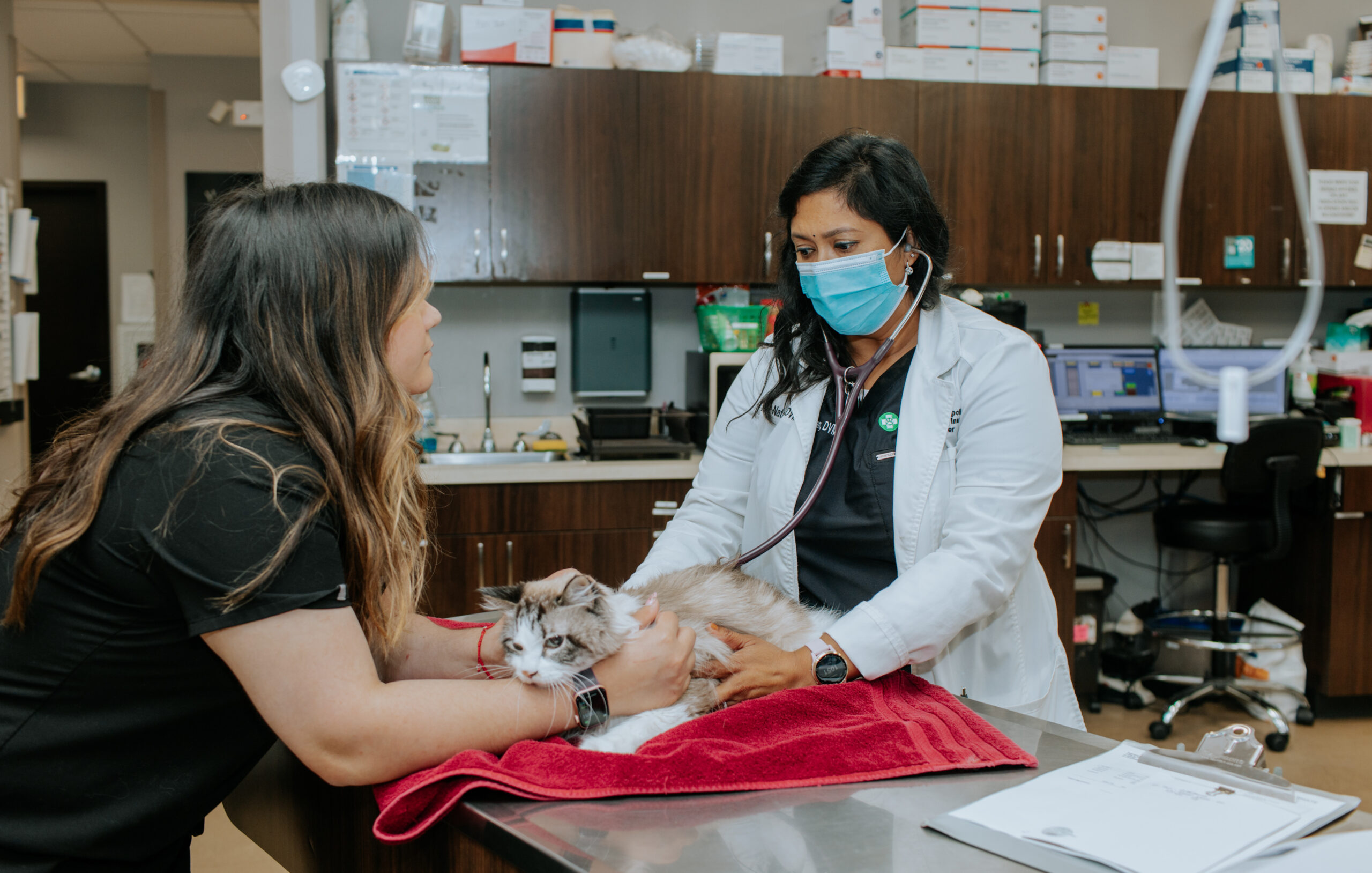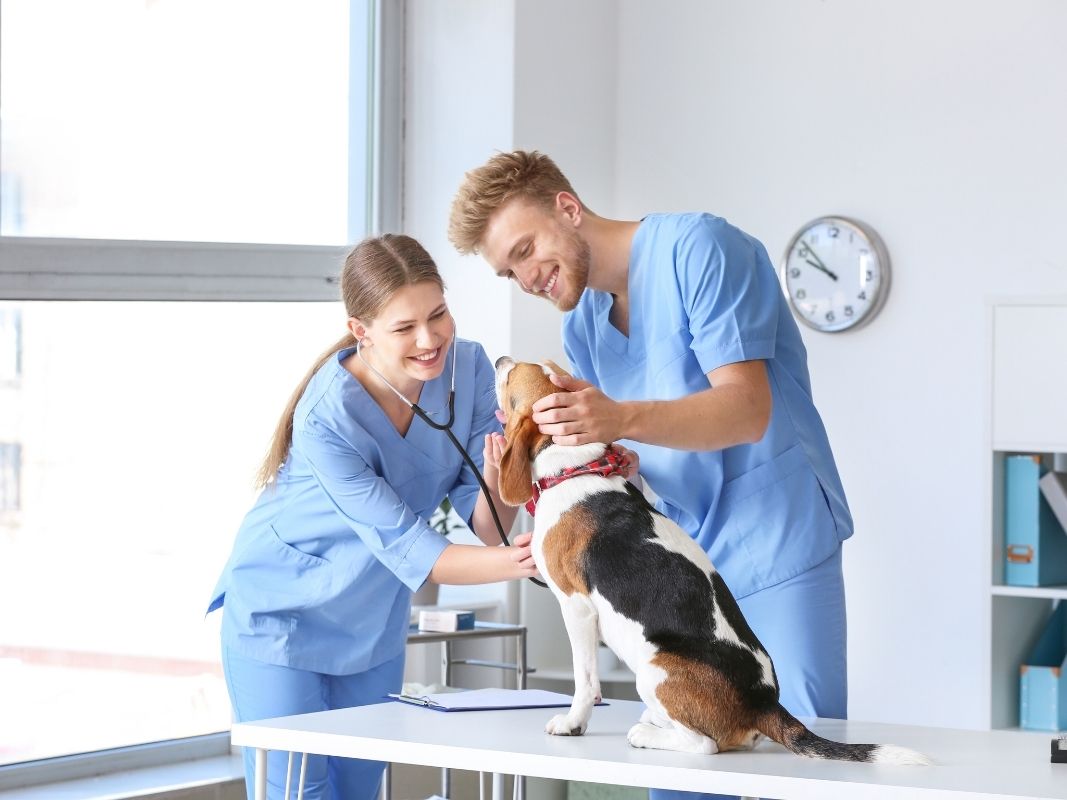Detailed Cost Breakdown for tplo surgery for dogs in the U.S.
Detailed Cost Breakdown for tplo surgery for dogs in the U.S.
Blog Article
All About Veterinarian Surgery: Understanding the Significance of Expert Look After Your Animals
Veterinary surgery is an important element of pet medical care. It includes numerous procedures, from regular optional surgical procedures to immediate treatments. Recognizing the details of these surgical procedures can aid pet proprietors make informed choices. The prep work, execution, and recuperation stages are important for making sure the wellness of animals. With correct understanding, owners can navigate the complexities of veterinary treatment. What variables should be thought about before an animal undergoes surgical procedure?
Sorts Of Vet Surgeries
When an animal calls for medical treatment, recognizing the various kinds of vet surgical procedures can help family pet proprietors make educated decisions. Vet surgical procedures can be extensively categorized into 3 primary types: elective, urgent, and emergency situation surgical procedures. Elective surgical procedures, such as spaying or neutering, are intended treatments that are not promptly lethal. Urgent surgical treatments, like those for foreign body elimination, must be performed soon yet are not life-threatening in the moment. Emergency situation surgeries, such as those attending to serious injury or internal blood loss, are essential and call for prompt attention.Additionally, surgical treatments can vary in intricacy, ranging from minimally invasive laparoscopic procedures to more substantial open surgical treatments. Each type of surgery lugs its very own risks and recovery procedures. Recognizing these groups enables pet dog owners to participate in purposeful conversations with vets, resulting in far better end results for their precious animals.
Preparing for Your Animal's Surgical procedure
Getting ready for a family pet's surgical treatment entails an extensive checklist to assure all essentials are covered. Effective interaction with the veterinarian is essential for understanding the procedure and any necessary pre-operative steps - tplo surgery. Furthermore, having clear post-operative care directions will certainly assist owners give the ideal support for their recovering pet dogs
Pre-Surgery List Basics
Ensuring a smooth surgical experience for an animal needs careful preparation and focus to information. A pre-surgery list is important for pet dog proprietors to comply with. Verifying the arranged surgical treatment day and time is vital. Proprietors must likewise verify that their animal has actually not eaten according to the vet's directions, typically for 8-12 hours prior to surgical procedure. Collecting essential clinical documents, including vaccination background, is necessary for the vet's testimonial. It is likewise advisable to prepare a comfortable space at home for the pet's healing after surgical procedure. Owners must have a strategy for transportation to and from the vet center, making certain that the pet dog is safe and secure and comfy throughout the trip. Complying with these actions can substantially enhance the surgical experience.
Communicating With Your Vet

Efficient communication with the veterinarian is essential for a successful surgical experience for pet dogs. Proprietors ought to be prepared to review their pet dog's case history, consisting of any kind of pre-existing problems, medicines, and allergies. This details assists the vet assess threats and customize the medical strategy as necessary. Additionally, family pet owners should ask inquiries pertaining to the procedure, anesthetic, and expected end results to ensure they fully understand the process. Making clear any kind of uncertainties can alleviate stress and anxiety for both the animal and the owner. It is likewise crucial to connect any kind of behavior modifications or issues observed in the family pet leading up to the surgery. Inevitably, clear discussion promotes trust fund and collaboration, guaranteeing that pet dogs obtain the ideal possible treatment during their surgical trip.
Post-Operative Care Instructions
After reviewing the procedure with the vet, family pet proprietors should focus on post-operative treatment instructions to assist in a smooth healing for their pet dogs. These instructions usually include checking the medical site for signs of infection, such as soreness or discharge. Animals may need to be maintained tranquil and constrained to stop extreme movement that could interfere with healing. Discomfort monitoring is vital, so proprietors should comply with the vet's assistance on carrying out medicines. Furthermore, nutritional constraints may be advised to avoid gastrointestinal upset. Normal follow-up visits are important to assure appropriate healing and address any type of concerns. By sticking to these post-operative treatment directions, pet dog owners can significantly add to their animal's recuperation and overall wellness.
The Surgery Explained
The surgery for family pets encompasses critical actions that assure their safety and security and healing. Pre-surgery preparations are important for lessening dangers, while post-operative treatment guidelines play a vital function in promoting recovery. Comprehending these parts aids family pet proprietors browse the surgical experience better.
Pre-Surgery Preparations
Prior to an animal undertakes surgery, a number of important preparations need to occur to ensure a risk-free and effective procedure. A comprehensive veterinary examination is vital to assess the animal's general health and determine any possible dangers. This might consist of blood tests, imaging, or other diagnostics. The veterinarian will additionally review anesthetic options tailored to the animal's particular needs. Additionally, pet dog proprietors are usually advised to withhold food and water for a defined time prior to surgery to decrease the threat of complications during anesthetic. It's essential for proprietors to offer a complete medical history, including any medicines or allergic reactions, making sure the surgical group has all needed details. Correct Discover More Here communication and adherence to pre-surgery standards can significantly boost the result of the treatment.
Post-Operative Treatment Standards
Appropriate post-operative treatment is essential for ensuring a pet's recuperation following surgical procedure. After the procedure, pets should be kept track of very closely for any type of signs of issues, such as too much blood loss, swelling, or unusual behavior. It is very important to adhere to the vet's instructions relating to medications, consisting of painkiller and prescription antibiotics. Pet dogs ought to be maintained in a peaceful, comfortable atmosphere to minimize stress and anxiety and advertise healing. Limiting activity is vital; short, leashed strolls might be essential, but leaping or running need to be avoided. Normal follow-up consultations ought to be set up to analyze the healing procedure. Furthermore, the medical website must be maintained tidy and completely dry, with any type of signs of infection reported to a veterinarian promptly. Abiding by these standards boosts healing outcomes.
Anesthetic and Pain Management
Efficient anesthesia and pain administration are necessary elements of vet surgical procedure, ensuring that animals stay comfortable and secure throughout the procedure. Vets evaluate each family pet's specific demands, thinking about elements such as age, weight, wellness standing, and the sort of surgical procedure being performed.Anesthesia methods commonly consist of a mix of pre-anesthetic medications, induction agents, and inhalant anesthetics, enabling precise control over the pet's degree of awareness. Monitoring during surgery is vital; veterinarians continually observe essential indications to resolve any type of prospective issues promptly.Pain monitoring methods may involve opioids, non-steroidal anti-inflammatory medicines (NSAIDs), and regional anesthetics, tailored to the pet dog's specific circumstance. This complex strategy helps reduce discomfort and promotes a smoother surgical experience. By focusing on efficient anesthetic and pain management, veterinary professionals improve the general well-being of pet dogs undertaking surgical treatments, guaranteeing they get the greatest criterion of care.
Post-Operative Care and Recuperation
Complying with surgical treatment, the emphasis changes to post-operative care and recovery, which is important for guaranteeing a pet's secure return to typical activities. During this period, pets need a peaceful, comfy environment to aid recovery. Proprietors ought veterinary college to closely monitor their pets for any indicators of pain or uncommon behavior.Veterinary standards typically include certain guidelines associated with drug management, injury care, and nutritional adjustments. It is important to adhere to these referrals to lessen complications and promote healing. Pets may require to be limited from strenuous activities, such as running or leaping, throughout their recuperation period (emergency vet bellingham).Regular follow-up consultations with the veterinarian enable monitoring of the family pet's progress and prompt modifications to the treatment plan. Providing emotional assistance and companionship can likewise boost an animal's healing experience, helping to relieve stress and anxiety and anxiety. On the whole, persistent post-operative treatment plays a substantial role in achieving an effective recuperation
Acknowledging Problems After Surgical Treatment
How can animal owners recognize problems after surgery? Recognition of details indicators is important for making sure the health of animals throughout healing. Typical signs consist of extreme swelling, inflammation, or discharge at the medical site, which may signify infection. In addition, relentless discomfort, suggested by grumbling or hesitation to move, should trigger immediate attention. Modifications in cravings or water consumption can also indicate problems; a decline in these behaviors may signify discomfort or distress.Moreover, pet dog owners need to monitor their pets for any kind of unusual habits, such as sleepiness or difficulty breathing, as these can be signs of major issues. Vomiting or looseness of the bowels complying with surgery might require immediate vet analysis. Recognizing these issues early can considerably affect an animal's recuperation procedure, emphasizing the value of caution and punctual interaction with a veterinarian for any kind of concerning symptoms.
The Duty of Vet Experts in Surgical Treatment
Vet experts play a vital role in making sure the safety and success of surgeries for animals, particularly following surgical procedure when monitoring and treatment are vital. These experts include veterinarians, veterinary technicians, and assistance personnel, every one of whom add specialized abilities to the surgical process.Before surgery, vets carry out detailed evaluations to analyze the pet dog's health, ensuring that any kind of hidden problems are managed. During the procedure, the medical group supplies anesthetic, keeps clean and sterile settings, and keeps track of key signs, very important for lessening risks.Post-operative care is similarly substantial; vet specialists observe for issues, manage pain, and guide owners on recuperation practices. Their experience allows them to recognize early indications of distress or infection, ensuring timely intervention. Inevitably, the collective efforts of veterinary specialists in medical care promote a secure environment, advertising the health of animals throughout the surgical journey.

Regularly Asked Concerns
How Do I Pick the Right Vet Cosmetic Surgeon for My Pet?
Selecting the appropriate vet specialist includes investigating credentials, reading evaluations, and evaluating the facility's setting. It is important to reflect on the specialist's experience with specific treatments and their communication style when deciding.
What Are Common Misconceptions About Vet Surgeries?
Usual mistaken beliefs regarding veterinarian surgical treatments consist of ideas that they are constantly high-risk, unneeded, or only for emergencies. Several pet dog proprietors underestimate the benefits of preventive procedures and the ability associated with veterinary surgical treatment.
Just How Much Will My Pet dog's Surgical procedure Cost?
The cost of a pet dog's surgical treatment can differ substantially based on factors such as the sort of treatment, the find the nearest vet veterinarian's experience, and geographical place (tplo surgery for dogs). Typically, expenditures vary from a couple of hundred to several thousand dollars

Can My Pet Consume Before Surgery?
Prior to surgical treatment, it is normally advised that animals abstain from eating for a particular duration. This fasting helps in reducing the danger of difficulties during anesthesia. Owners should consult their vet for exact directions customized to their pet's requirements.
What happens if My Pet Dog Has Pre-Existing Health Conditions?
When a family pet has pre-existing health problems, it's vital for the veterinarian to analyze these variables prior to surgical procedure. This assessment assurances proper preventative measures are taken, lessening risks and optimizing the pet dog's overall safety during the procedure.
Report this page